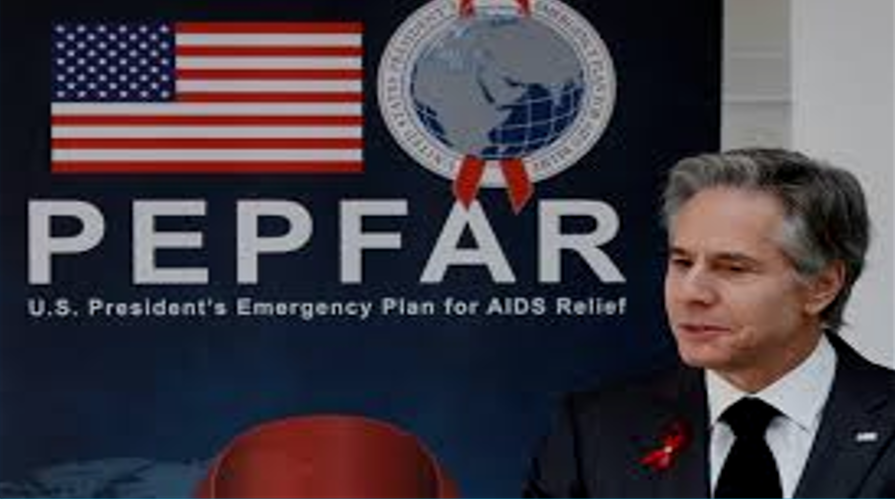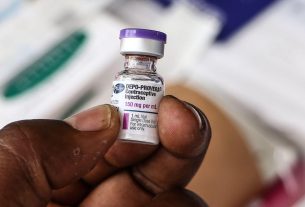For two decades, the President’s Emergency Plan for AIDS Relief (PEPFAR) has been a cornerstone of U.S. foreign aid, delivering life-saving HIV treatment and prevention to millions in low-income countries. Its bipartisan success story stands as one of the most impactful U.S. foreign assistance programs in history. However, as funding and operations face uncertainty, a new study assesses its true impact on global health, revealing staggering results.
A Monumental Health Transformation
Since its inception in 2003, PEPFAR has played a pivotal role in combating HIV/AIDS, particularly in sub-Saharan Africa. Independent researchers recently delved into the program’s tangible effects, and their findings are remarkable. According to their analysis, PEPFAR has saved between 7.5 and 30 million lives and has provided critical HIV treatment and prevention services to millions more.
This life-saving initiative has also made HIV care significantly more affordable. The cost of antiretroviral drugs, which were once priced at a prohibitive $1,000 per month, has plummeted to just $5 per month due to PEPFAR’s funding and large-scale procurement efforts. This cost reduction has not only made treatment accessible to the most vulnerable populations but has also had a ripple effect on global drug pricing, benefiting programs worldwide.
One of PEPFAR’s greatest achievements lies in its role in preventing the transmission of HIV from mothers to their babies. With its support, an estimated 5.5 million babies have been spared from being born with the virus—a monumental feat in the fight against HIV/AIDS.
The Cost-Effectiveness of PEPFAR
The success of PEPFAR isn’t just a matter of saving lives; it’s also about the cost-effectiveness of the program. The initiative has been lauded as one of the most efficient U.S. foreign aid programs in history. For every dollar spent, PEPFAR has delivered a massive return in terms of both human health and economic productivity in recipient countries.
However, despite its proven impact, PEPFAR’s future is uncertain. Ongoing political debates and the shifting landscape of global health funding threaten the continuation of the program’s operations. Clinics have been shuttered in several regions due to funding shortfalls, and concerns over the future of U.S. global health diplomacy have surfaced.
In sum, PEPFAR stands as a testament to the power of international cooperation in addressing public health crises. Its achievements in saving lives, reducing HIV transmission, and making life-saving treatment affordable have changed the trajectory of the HIV epidemic in some of the world’s poorest countries. Yet, with its future hanging in the balance, the global health community faces a critical moment in ensuring the sustainability of this transformative program.
Sources: Data from independent research findings on PEPFAR’s impact, U.S. government reports on foreign aid, and global health organizations’ assessments.



